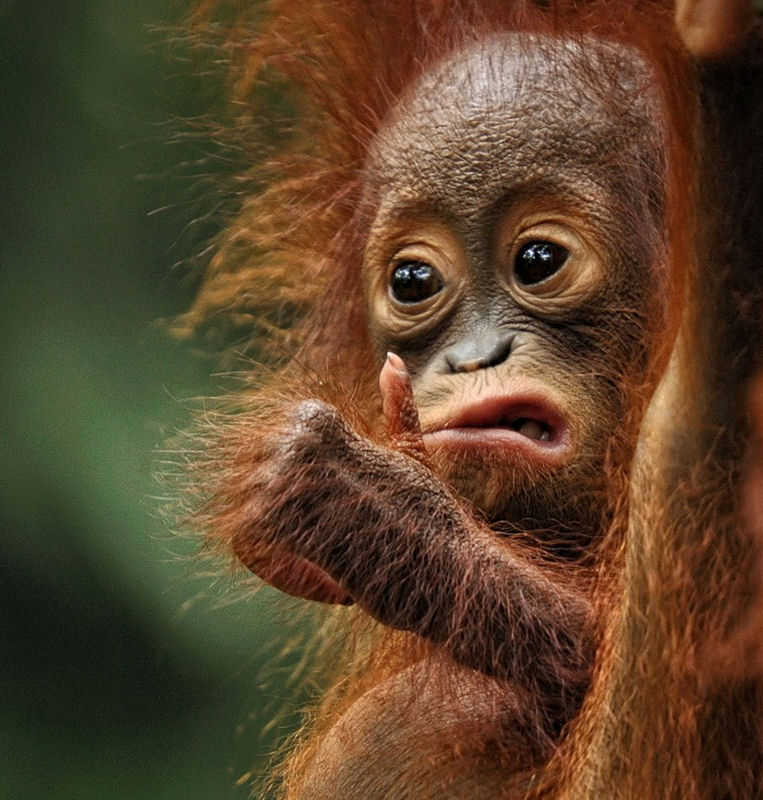Chango's is a term that resonates with the rich tapestry of Afro-Cuban culture, embodying a spirit that transcends generations. This vibrant celebration is deeply rooted in the traditions of the Yoruba religion, where Chango, the god of thunder and lightning, holds a prominent place. The festivities surrounding Chango's are not just events; they are a way of life for many, blending spirituality, music, dance, and community. In this article, we will explore the significance of Chango's, its historical context, and the cultural practices that make it a unique celebration.
At its core, Chango's is a celebration of life, power, and resilience. It serves as a reminder to the community of their heritage and the strength that lies within their roots. Participants engage in various rituals, including drumming, dancing, and offerings, all of which honor Chango and seek his blessings. These activities not only foster a sense of belonging but also keep the traditions alive for future generations.
The exploration of Chango's is not limited to its rituals and celebrations; it also encompasses the personal stories of those who partake in these vibrant events. By understanding the cultural context and the individuals who celebrate, we can gain a deeper appreciation for the significance of Chango's in contemporary society. Join us as we delve into the world of Chango's, exploring its origins, traditions, and the people who bring it to life.
What is the Historical Background of Chango's?
The origins of Chango's can be traced back to the Yoruba people of West Africa, where the worship of Chango as a deity began. As the transatlantic slave trade brought many West Africans to the Caribbean, they carried their religious beliefs with them, blending them with Catholicism and local customs. This fusion gave birth to a unique spiritual practice that is celebrated today in various forms across the Caribbean, particularly in Cuba.
How is Chango's Celebrated Today?
Today, Chango's is celebrated with great enthusiasm, marked by colorful parades, lively music, and intricate dances. The celebration usually takes place in July and involves various activities, including:
- Drumming and Music: Traditional instruments are played, creating a rhythmic backdrop for the festivities.
- Dancing: Participants engage in traditional dances that express joy and reverence.
- Offerings: Devotees bring offerings to honor Chango, including food, flowers, and symbolic items.
- Community Gatherings: Families and friends come together to celebrate their heritage, fostering a sense of unity.
Who are the Key Figures in the Chango's Celebration?
Throughout the years, Chango's has been shaped by influential figures who have dedicated their lives to preserving and promoting the traditions associated with this celebration. These individuals often serve as spiritual leaders, guiding their communities in rituals and practices. Additionally, artists and musicians play a vital role in keeping the spirit of Chango's alive through their creative expressions.
What Personal Stories Highlight the Importance of Chango's?
Many individuals have personal stories that reflect the impact of Chango's on their lives. For some, it serves as a connection to their ancestry, while for others, it represents a celebration of cultural identity. These narratives often highlight the transformative power of community and spirituality, demonstrating how Chango's plays a crucial role in their lives.
What Are the Key Elements of Chango's Rituals?
The rituals associated with Chango's are rich in symbolism and significance. Some of the key elements include:
- Drumming: Essential to the celebration, drum patterns are believed to summon the spirit of Chango.
- Offerings: Participants may offer fruits, rum, and other items to honor the deity.
- Costumes: Traditional attire is worn, often featuring bright colors and elaborate designs.
- Spiritual Cleansing: Rituals may include purification ceremonies to promote spiritual well-being.
How Does Chango's Influence Modern Culture?
The influence of Chango's extends beyond religious practices; it has also permeated various aspects of modern culture. Artists often draw inspiration from Chango's themes, incorporating them into music, dance, and visual arts. Moreover, the celebration fosters a sense of pride and identity among Afro-Cuban communities, encouraging a revival of cultural practices that may have been lost over time.
What is the Future of Chango's Celebrations?
The future of Chango's lies in the hands of the younger generation, who are tasked with preserving the traditions while also adapting them to contemporary society. As globalization continues to influence cultural practices, finding a balance between tradition and modernity will be crucial. With the rise of social media, the visibility of Chango's has increased, attracting interest from individuals outside the community, which may lead to a broader appreciation of this vibrant celebration.
Conclusion: The Enduring Spirit of Chango's
In conclusion, Chango's is more than just a celebration; it is a living testament to the resilience and strength of a culture that has endured through centuries. By honoring the past and embracing the future, the community continues to keep the spirit of Chango alive. As we reflect on the significance of Chango's, let us celebrate the diversity and richness of the cultural practices that shape our world today.
| Detail | Information |
|---|---|
| Name | Chango |
| Origin | Yoruba Religion, West Africa |
| Cultural Significance | Deity of Thunder and Lightning |
| Modern Celebrations | Festivals, Community Gatherings, Rituals |
TheLocalDate: Connecting People Locally
Embracing Grace Beauty: The Essence Of Elegance
Unveiling The Charm Of Victoriaparis: The Rising Star Of The Digital Age

